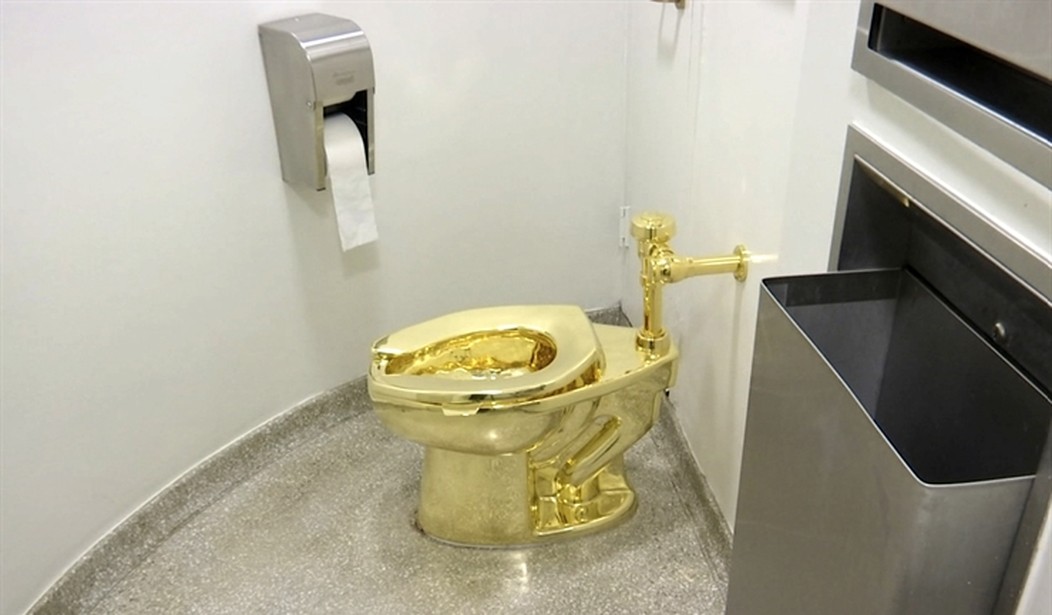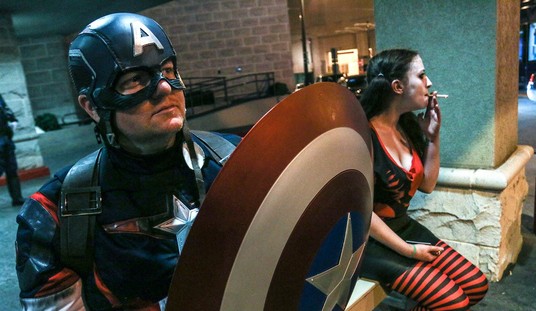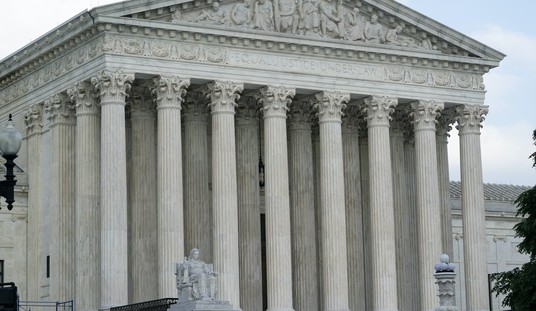Many years ago, when I was a platoon leader in an Army medical company, I was kibitzing while one of the senior NCOs was teaching the junior medics a class on how to run labs -- specifically how to check for sugar content in urine. Unbeknownst to the young troops, before the class started (and while I was watching) the NCO had filled a sample container with apple juice.
"With some experience," the NCO told the class, "you can even tell the sugar content of urine by tasting it." He took a sip of the juice from the sample container, swirled it around in his mouth, and swallowed. "Yep," he said, "Too much sugar - this guy's diabetic."
The class of young medics exclaimed in horror. Then the NCO said, "No, you dummies, this is apple juice," and had a couple of them smell it. Then he said to one of them, "OK, Private Snuffy, go out in the company area, find someone else. I'll let you pull the trick on them." While the trooper was gone, the NCO warmed the apple juice up on a hot plate and stirred in a healthy dose of salt. I'm sure you can imagine what happened next.
Now, I told you that so I can tell you this. After many, many years of diligent research, going back to the era of Shakespeare, who famously wondered whether to pee or not to pee, science has now uncovered the secret of why pee is yellow.
Golden news for a new year: Scientists now know why urine is yellow.
It's only taken 100 years, but researchers say they've pinpointed the enzyme in urine behind its buttery hue.
“This enzyme discovery finally unravels the mystery behind urine’s yellow color,” said study lead author Brantley Hall. He's an assistant professor in the University of Maryland’s department of cell biology and molecular genetics.
“It’s remarkable that an everyday biological phenomenon went unexplained for so long, and our team is excited to be able to explain it," he said in a university news release.
Whatever this research cost, I'm sure it was a small price to pee, although the cost no doubt pissed off the accountants.
“Gut microbes encode the enzyme bilirubin reductase that converts bilirubin into a colorless byproduct called urobilinogen,” Hall explained. “Urobilinogen then spontaneously degrades into a molecule called urobilin."
It is this final molecule, urobilin, "which is responsible for the yellow color we are all familiar with," Hall's team said. They published their findings Jan. 3 in the journal Nature Microbiology.
While this may help us understand how the body's waste disposal system -- specifically, the liver and kidneys -- works, it's not nearly as flashy as, say, building robots.
See Related: Tesla Unveils Optimus Gen 2, the Latest in Humaniform Robots
This kind of discovery is like opening a fire hydrant; a virtual torrent of possibilities instead of H2O -- and as we all know, while a fire hydrant has H2O inside, it has K9P outside. Of course, this is biology at its most astute. (Incidentally, you can always tell a biologist from a chemist; a biologist washes his hands after he pees, a chemist, before.) The article isn't clear about who was used in the research, but I'm certain pirates were not among the test subjects, as pirates are always notoriously angered after using the bathroom; once the pee is gone, they are just irate.
I'm reliably informed that the Secret Service, during a security evaluation, asked the President where he normally went to initiate micturition. He replied, "Depends."
See Related: Biden's Brain Turns to Mush During New Year's Eve Appearance With Ryan Seacrest
This seems appropriate.















Join the conversation as a VIP Member